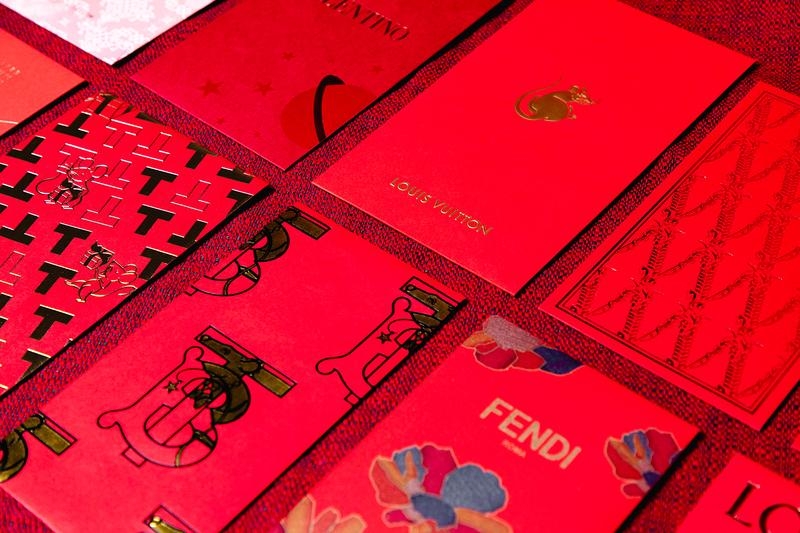Unusual New Year's Eve Customs Across the Globe
 |
| Photo: Blisssaigon.com |
| Table of Contents |
While some individuals advocate for breaking crockery, others endorse the practice of using underpants for fortune-telling (no, I assure you, I am not joking). As the New Year rapidly approaches, I present to you 9 peculiar and unconventional New Year's Eve customs observed across the globe.
1. The 12 Grapes of Luck – Spain
 |
| Photo: Shropshirestar.com |
Eating twelve grapes on New Year's Eve—one for each hour until midnight—is a custom in Spain meant to bring luck and prosperity. You'll have luck in the upcoming year if you can complete them on time. Whether the grapes are sour or sweet, their flavor also portends the year ahead. The custom of the "twelve lucky grapes," or "las doce uvas de la suerte," is thought to have started in 1909 during an exceptionally successful grape harvest in a region of Spain.
2. Smashing Plates – Denmark
 |
| Photo: Dailymail.co.uk |
As a good luck charm for the upcoming year, Danish people smash plates and crockery against their neighbors' doors. Unused plates are saved throughout the year and thrown at friends' and family's front doors on December 31. The larger the pile of broken china, the more friends and good fortune you are supposed to have in the upcoming year. Danes also enjoy boiled cod with mustard for their traditional New Year's Eve dinner, which is followed by kransekage, or marzipan doughnuts.
3. Colorful Undies - Mexico
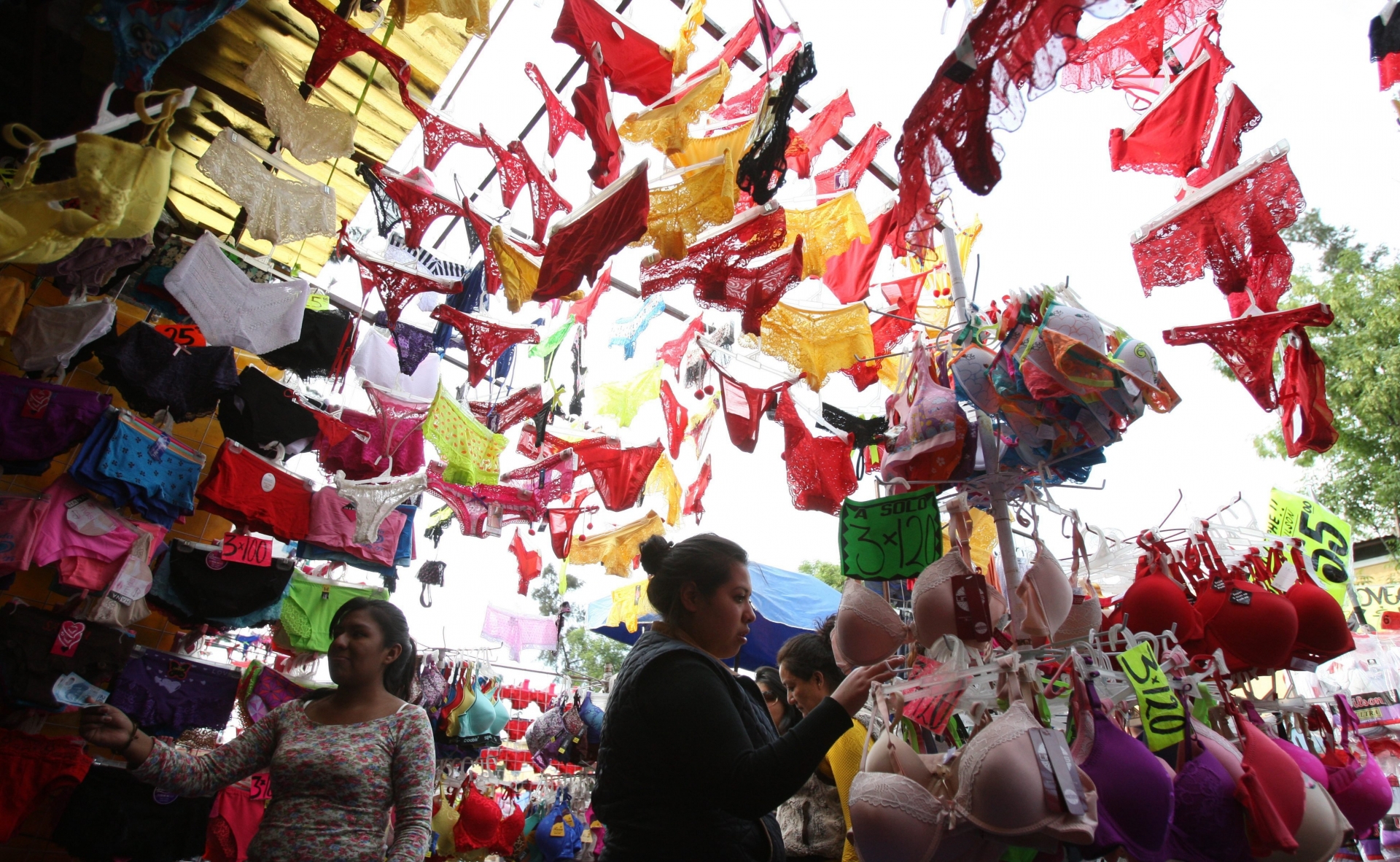 |
| Photo: NBCNews.com |
The color of your underwear determines your year in Latin American countries such as Bolivia, Brazil, and Mexico, so pick wisely! According to tradition, yellow signifies prosperity and success, and red brings romance and love. Green represents nature and well-being, while white represents harmony and peace. Red panties are also given out as presents in Turkey in hopes of good fortune and a prosperous new year.
4. Pouring Lead - Germany
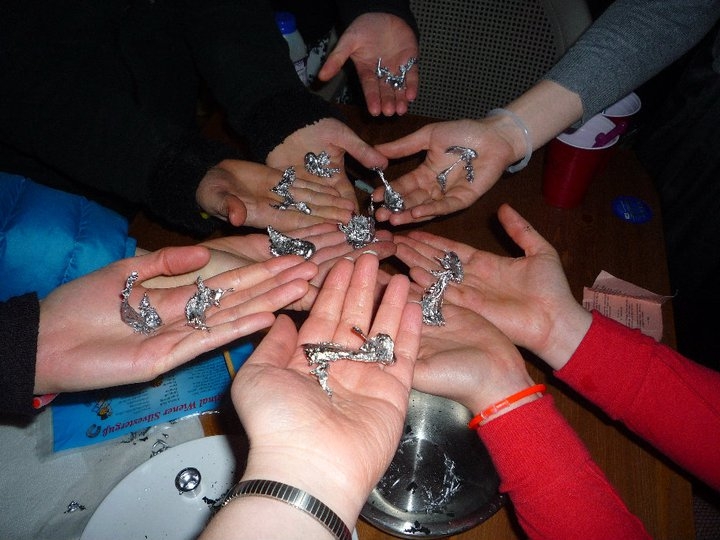 |
| Photo: Anotherrhythm.wordpress.com |
Who wouldn't be curious to see what the upcoming year holds? Small lead fragments are melted in a spoon over a candle in Germany, and the resulting liquid is then poured into cold water. It is believed that the strange forms created by the Bleigießen (lead pouring) will portend what lies ahead in the coming year. Luck will roll one's way if the lead forms a ball; a crown denotes money; a cross denotes death; and a star will bring bliss.
5. Scarecrow Burning - Ecuador
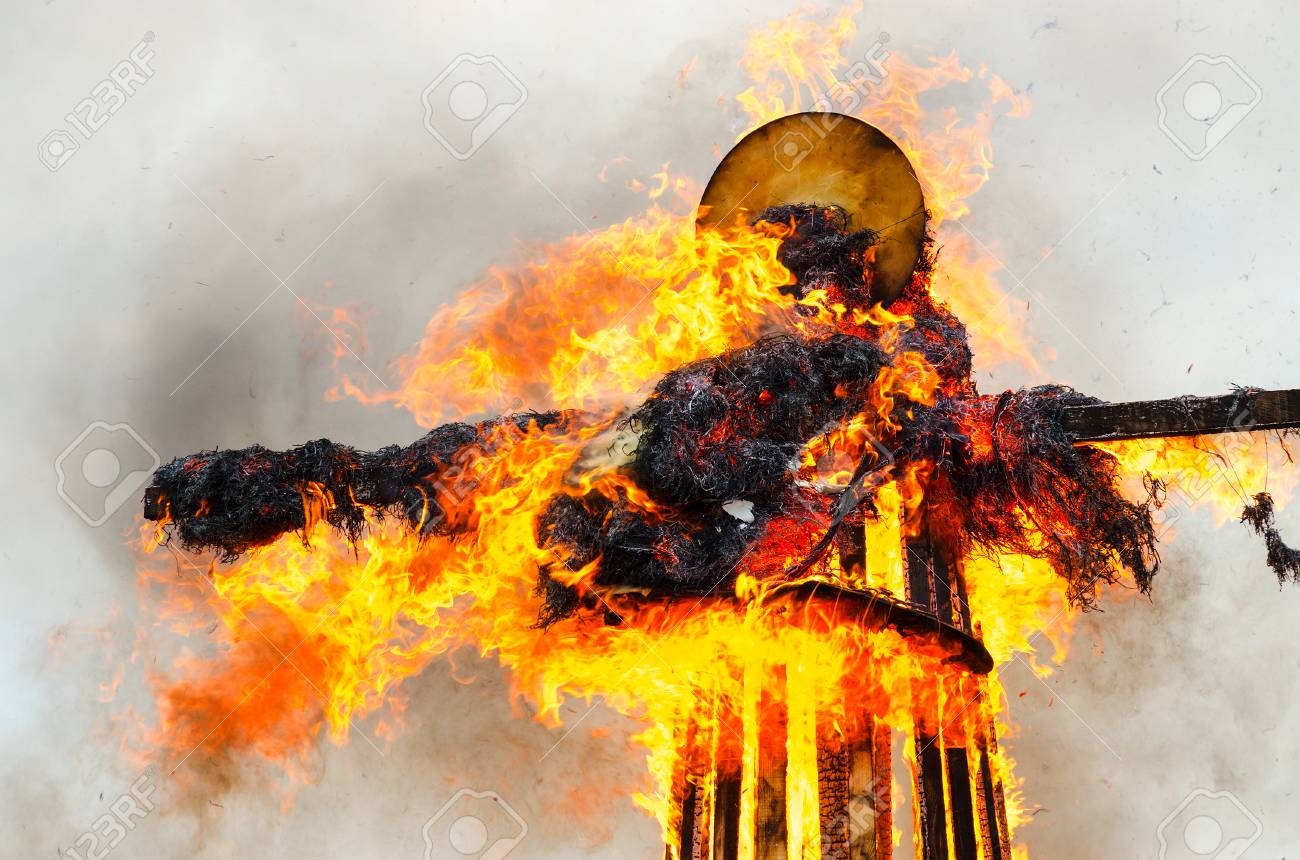 |
| Photo: 123RF.com |
On New Year's Eve, at midnight, Ecuadorians light paper scarecrows to ward off bad luck and unfavorable events from the previous year. Additionally, they burn pictures of objects that symbolize the previous year, which makes us think that Ecuadorian pyromaniacs use the New Year as a barely disguised pretext to set things on fire.
6. 108 Rings - Japan
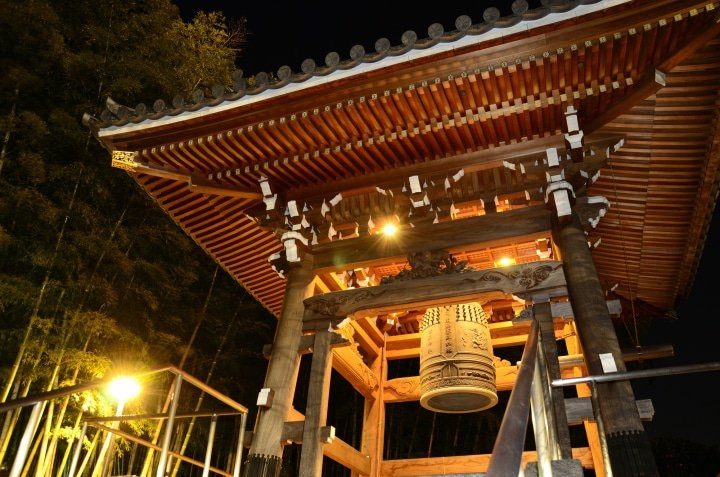 |
| Photo: MATCHA.com |
Do you feel that the 12-ring countdown is taking too long? Try sizing up to 108. As part of a Buddhist custom, bells are rung 108 times in Japan, which is thought to expunge all human misdeeds. It's also auspicious to grin or chuckle as you welcome the New Year, but who knows how you'll feel after enduring that protracted ringing.
7. Round Things – Philippines
 |
| Photo: Thespruceeats.com |
The focus of the Filipino New Year is money. The Filipinos think that if they surround themselves with round objects, it will bring them prosperity and money in the coming year (to represent currency and gold). As a result, among other things, they wear polka-dot clothing, eat grapes, and keep coins (which they always jangle in their pockets). All of this to maintain the flow of cash.
8. Tossing Furniture Out Of The Window – Italy
 |
| Photo: WJS.com |
"Out with the old" is the motto in some parts of Italy, like Naples, where it is customary to toss old, undesired furniture off of balconies on New Year's Eve as a way to mark a new beginning for the coming year. Even though most residents limit their tossing ritual to small, soft objects in order to prevent accidents, it's still a good idea to exercise caution if you're strolling through Naples on New Year's Eve. Curiously enough, Johannesburg, South Africa, likewise follows this tradition.
9. First Footing – Scotland
 |
| Photo: Metro.com |
The "first foot," sometimes called quaaltagh or qualtagh, is one of the oldest customs in Scotland. It states that on New Year's Eve, the first person to cross the threshold after midnight must bring gifts. To bring the best luck to the house, these gifts can include cash, coal, bread, salt, and a "wee dram" of whiskey. Tall, dark-haired men are traditionally chosen to be the first footers, while large, blonde visitors who were frequently carrying swords and axes at the door were considered troublesome.
Conclusion
The imminent arrival of the new year engenders aspirations for affluence and constructive transformation, which appear to be a ubiquitous human longing whenever the present calendar concludes its last leaf. Regardless of your location for this significant occasion, ensure to allocate time with your cherished companion and extend them heartfelt wishes for a joyous new year!
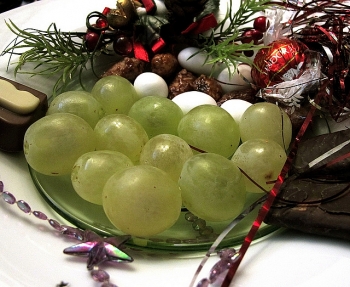 Eating 12 Grapes at Midnight - World's Weirdest Traditions Eating 12 Grapes at Midnight - World's Weirdest Traditions Eating 12 grapes at midnight on New Year’s Eve is both a tradition and a superstition in Spain. There are some stories behind this ... |
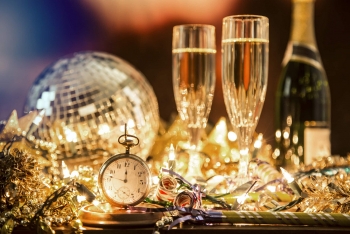 Most Widely celebrated Traditions on New Year’s Eve in the U.S Most Widely celebrated Traditions on New Year’s Eve in the U.S Across the U.S., there are many popular traditions for good luck in the New Year. Here is a list of interesting traditions in the US ... |
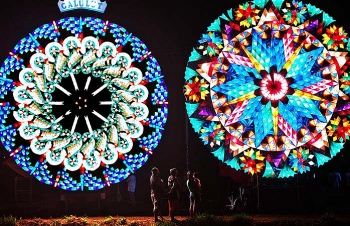 Various Christmas Traditions around the World and Country by Country Various Christmas Traditions around the World and Country by Country Christmas is around the corner. Everywhere in the world is rushing to welcome Christmas. There is no doubt that each country has its own ... |


